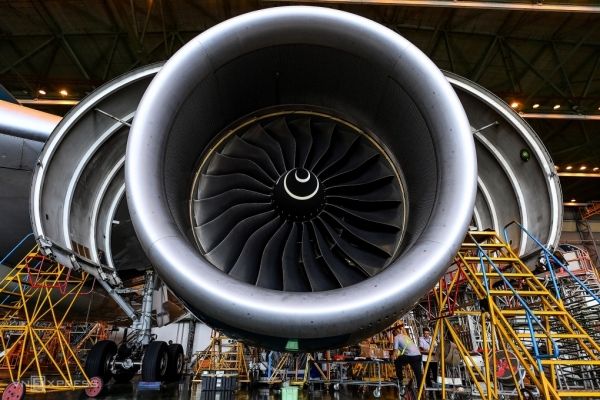Adaptive optics (AO) is a revolutionary technology that has transformed imaging in aerospace applications. By compensating for distortions caused by atmospheric turbulence or mechanical vibrations, adaptive optics ensures that aerospace imaging systems achieve unparalleled clarity and precision. Whether used in Earth observation satellites, astronomical telescopes, or advanced aerospace optics, adaptive optics is redefining how we capture and interpret visual data beyond our planet.
What Is Adaptive Optics?
Adaptive optics refers to a system designed to correct distortions in real-time, ensuring that optical systems produce sharp, high-resolution images. This is particularly critical in aerospace, where light waves are often disrupted by the Earth’s atmosphere, spacecraft vibrations, or rapid movements.
AO systems typically consist of three main components:
- Wavefront Sensor: Detects distortions in incoming light.
- Control System: Analyzes the data from the wavefront sensor and calculates the required corrections.
- Deformable Mirror: Adjusts its shape to counteract the distortions.
By working together, these components ensure that optical systems remain accurate, even under challenging conditions.
Why Is Adaptive Optics Crucial in Aerospace?
The aerospace industry relies heavily on optics for various applications, from satellite imaging to planetary exploration and missile defense systems. However, achieving high-resolution imaging in these environments is fraught with challenges.
- Atmospheric Turbulence: When observing Earth or celestial bodies from space, light must pass through the atmosphere, which can distort images. Adaptive optics counters this by correcting the wavefront distortions in real time.
- Mechanical Vibrations: Aerospace systems, such as satellites or drones, experience vibrations during operation. These can blur images, but AO stabilizes the optical system to maintain clarity.
- Dynamic Environments: Rapid movements of aircraft or spacecraft require optical systems to adapt quickly. AO ensures consistent performance in such conditions.
How Do Optical Lenses Work in Adaptive Optics?
Optical lenses play a foundational role in adaptive optics systems by focusing and directing light accurately. So, How do Optical Lenses Work? They work by bending light rays as they pass through the lens, converging or diverging them to form an image. The precision of these lenses is crucial in aerospace optics, where even the smallest aberrations can compromise image quality. In adaptive optics, lenses guide light toward the wavefront sensor and deformable mirror, enabling the system to identify and correct distortions effectively.

Applications of Adaptive Optics in Aerospace
Astronomical Imaging
Adaptive optics has revolutionized ground-based telescopes, allowing astronomers to capture images of distant galaxies and stars with unprecedented detail. For example, the Very Large Telescope (VLT) in Chile uses AO to observe faint celestial objects that were previously obscured by atmospheric turbulence.
Earth Observation Satellites
High-resolution imaging from satellites, used for environmental monitoring, urban planning, and disaster response, benefits greatly from adaptive optics. By compensating for distortions caused by atmospheric refraction, AO enhances the accuracy of satellite imagery.
Military and Defense Systems
Adaptive optics is integral to systems like missile tracking, target acquisition, and reconnaissance. By stabilizing imaging systems in high-speed scenarios, AO ensures that critical military operations are carried out with precision.
Space Exploration
In missions like Mars rovers or lunar exploration, adaptive optics plays a pivotal role in ensuring that cameras and sensors capture clear, actionable data.
The Impact of Adaptive Optics on Aerospace Innovation
The integration of adaptive optics into aerospace systems has led to significant advancements:
- Improved Image Resolution: AO systems can enhance image resolution by up to 30%, making them invaluable in both scientific and commercial applications.
- Reduced Costs: By improving the performance of ground-based telescopes, AO reduces the need for expensive space-based observatories.
- Real-Time Data Accuracy: In military applications, AO ensures that decisions are based on accurate, real-time imaging.
Challenges and Future Directions
Despite its advantages, adaptive optics faces challenges such as high costs and the need for complex calibration. However, advancements in materials and computational algorithms are making AO systems more accessible. For instance, researchers are exploring AI-driven adaptive optics to further enhance performance and reduce response times.
Conclusion
Adaptive optics is a cornerstone of modern aerospace imaging, bridging the gap between theoretical precision and real-world application. Correcting distortions in real-time enables aerospace optics to perform at their peak, whether in space exploration, defense, or environmental monitoring. As technology continues to evolve, its role in shaping the future of aerospace and beyond is undeniable.

